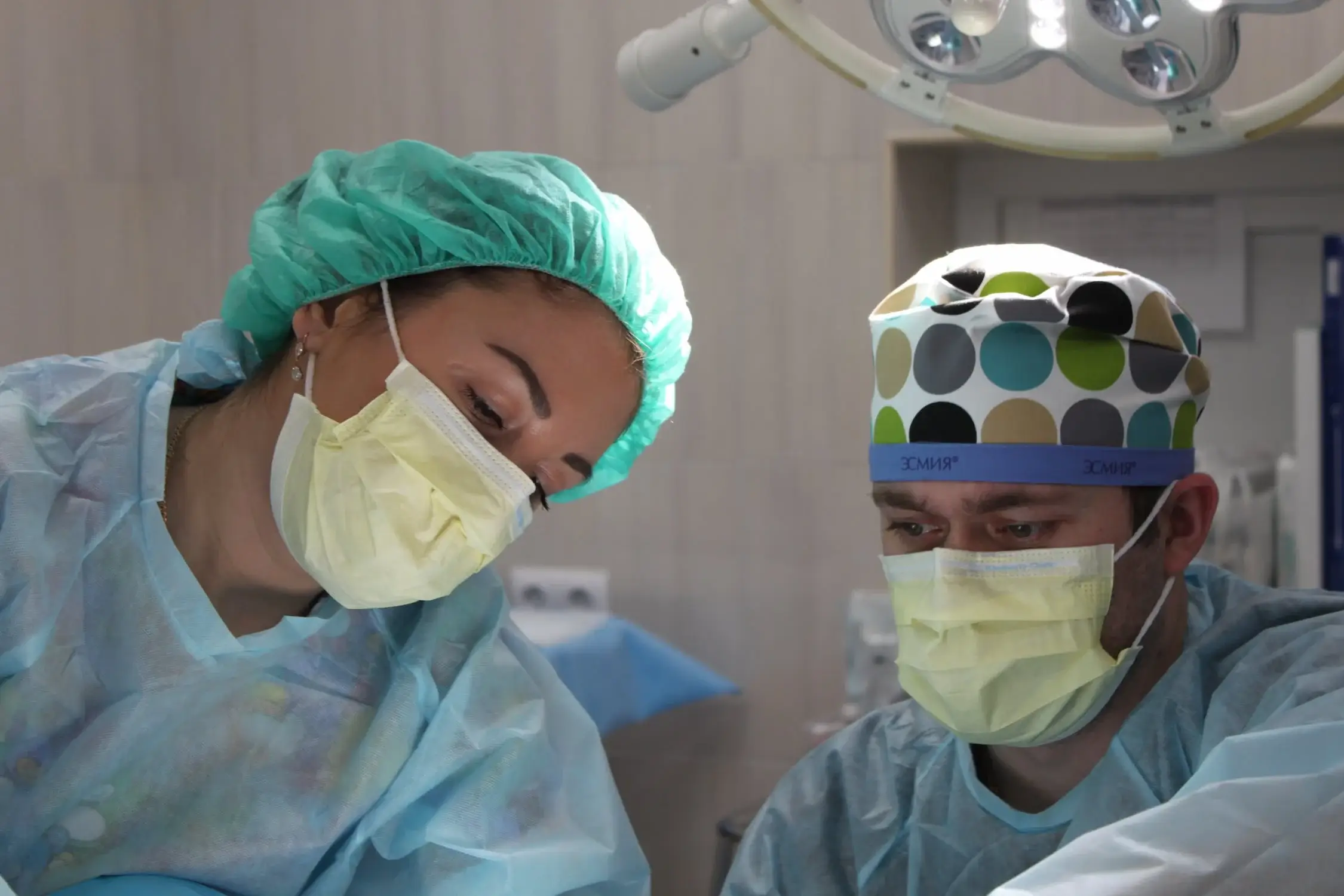Surgery is often one of the best ways to remove cancer. However, whether it will work depends on several factors. For instance, what type of cancer diagnosis the patient has, where it is situated, its size and how far it has spread and how likely it is to spread further.
Nevertheless, surgery is a common form of treatment for cancer and is often combined with other types of treatment to maximise the chances for recovery.
Why Is Surgery Used to Treat Cancer?
Surgery can cut the cancer out from the body and works best if it has grown in a very clearly defined area and has not yet spread. The best outcome from surgery is that it eliminates the tumour entirely. However, sometimes surgery is used to reduce the presence of cancer as much as possible. In such cases, surgery is used alongside other forms of cancer treatment to help "mop up" the cancer cells and increase the chances of it not growing or coming back.
Surgery may also be performed to reduce the size of the cancer tumour so that it can help relieve any symptoms you may have. There was a time when surgery was the only option for cancer treatment, but today there are many other alternative and effective options that can be used alongside or instead of surgery.
When Is It Used?
As mentioned, surgery can be used as standalone treatment, used in combination with other cancer treatments or not used at all. A doctor will decide whether or not what type of treatment is best for the cancer diagnosis. Below are some examples of when surgery is commonly used to treat cancer:
- Primary Treatment: This aims ito cure the cancer by removing it completely from the body. The surgeon may also remove lymph nodes to see if they have cancer in, as cancer can be spread via the lymph system.
- Prevention: Some surgery is used to remove an organ before cancer develops. An example of this is with women who decide to have both breasts removed if they are at greater risk of developing breast cancer. Women with a defective BRCA gene often make this choice. The gene is protective against breast cancer, but if you inherit a defective gene, it makes the possibility of developing cancer much more likely. In addition, early signs of abnormal cells in the cervix may result in people having their cervix removed.
- Diagnosis: Surgery is often used to make a diagnosis. The surgeon, for example, could remove tissue to test if the sample is cancerous.
- Staging: Surgery may be used to determine what the size of the tumour is and whether it has spread. This will help determine what kind of treatment may be needed. This may include more surgery or other forms of cancer treatments, such as radiation therapy or chemotherapy.
- Debulking: This type of surgery is to remove as much of the cancer as possible to give other therapies the best chance to work effectively.
- Relief: Here, the aim of the surgery is to help alleviate the symptoms because of the tumour itself. For example, the pressure of a growing tumour can cause pain if it presses on a bone or a nerve.
How Are Cancer Surgeries Performed?
There is no set answer to this question, it depends on the aim of the surgery itself. For some patients, cancer surgery will simply be done in a clinic or a doctor's office. However, more serious interventions will require hospitalisation and a general anaesthetic. This means that the patient will be asleep when the surgery is performed. Depending on the type of surgery, the patient may need to stay in hospital post-surgery for several days.
Some surgeries, furthermore, are less invasive and aren't performed with a scalpel. Cryosurgery, for instance, involves cold liquid nitrogen to freeze and destroy the cancer cells. Electrosurgery, meanwhile, uses electricity to destroy the cancer cells and laser surgery uses beams of light.
Nowadays, there is even an option for robotic surgery where the surgeon operates using hand controls that guide a robot to do the surgery itself. There is also laparoscopic surgery where small cuts are made on the body and a minuter camera is inserted along with surgical tools through these tiny incisions. The camera projects onto a monitor so that the surgeon can be guided as to what needs to be done.
What Are the Side Effects of Cancer Surgery?
As with all surgeries, there are possible risks involved. Some side effects are more serious and sometimes life-threatening. However, most side effects are mild and easily manageable. For example, pain is almost always a side effect after surgery, especially around the site of incision.
Nowadays, post-surgical pain is luckily very manageable. While an infection can occur post-surgery, doctors will provide antibiotics to prevent this from occurring. Taking medication as prescribed is important as infections can become dangerous if left untreated.
Bleeding may also occur during or after the surgery. However, this usually does not occur. Blood clots, furthermore, can occur post-surgery. Immediately after surgery has been performed, a health team will mobilise a patient to prevent this from happening alongside administering blood thinners where appropriate.
Fatigue is also a common side effect and post-operative rest is part of the healing process. Sometimes a general anaesthetic (where you are completely unconscious during surgery) can cause nausea and vomiting during the recovery period or problems with bowel movements and urination. These side effects usually get better after a few days.
Recovery post-surgery can take a few days, or weeks, but major surgery may take a little longer (such as several months) for patients to fully recover. Following healthcare professionals' advice will help reduce side effects and ensure a full recovery post-surgery.


 71–75 Shelton Street, Covent Garden, London, WC2H 9JQ
71–75 Shelton Street, Covent Garden, London, WC2H 9JQ +44 (0) 20 3376 1032
+44 (0) 20 3376 1032



